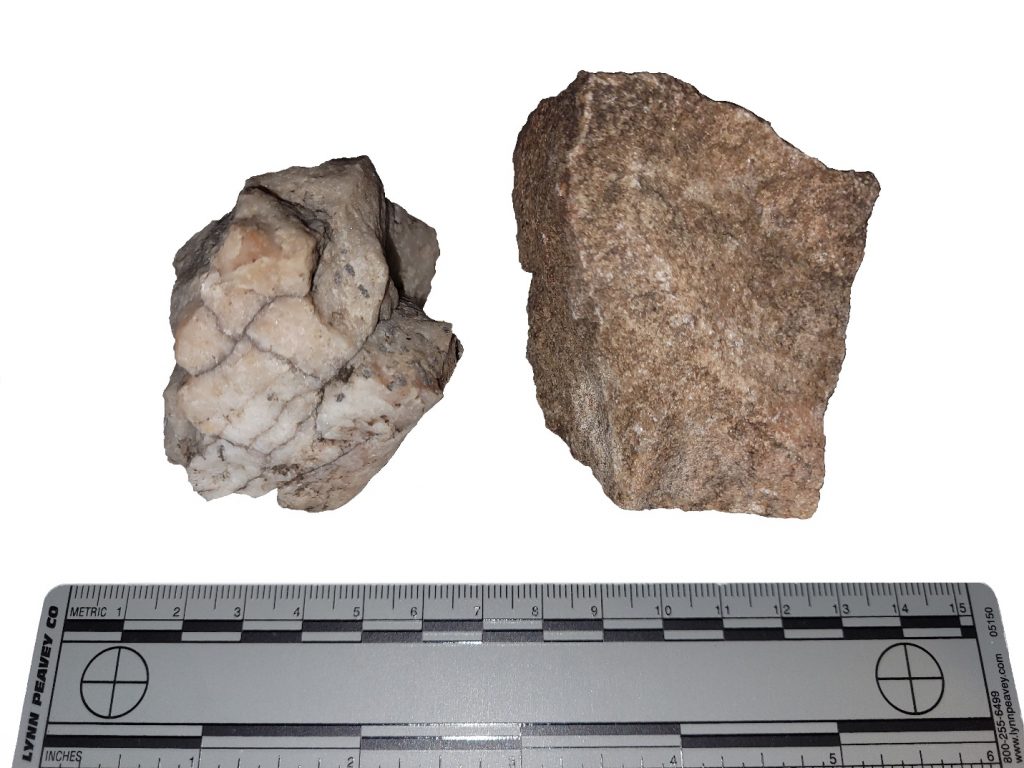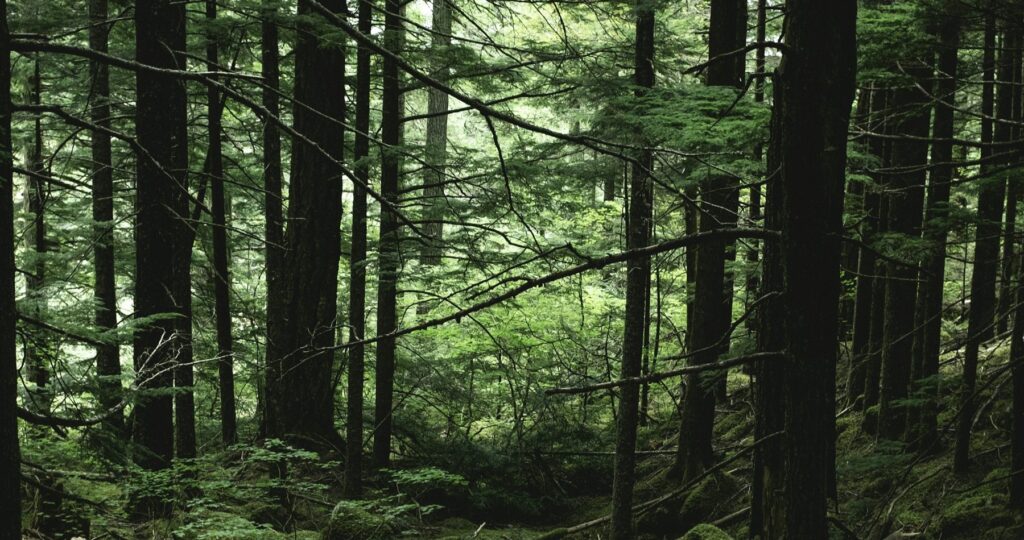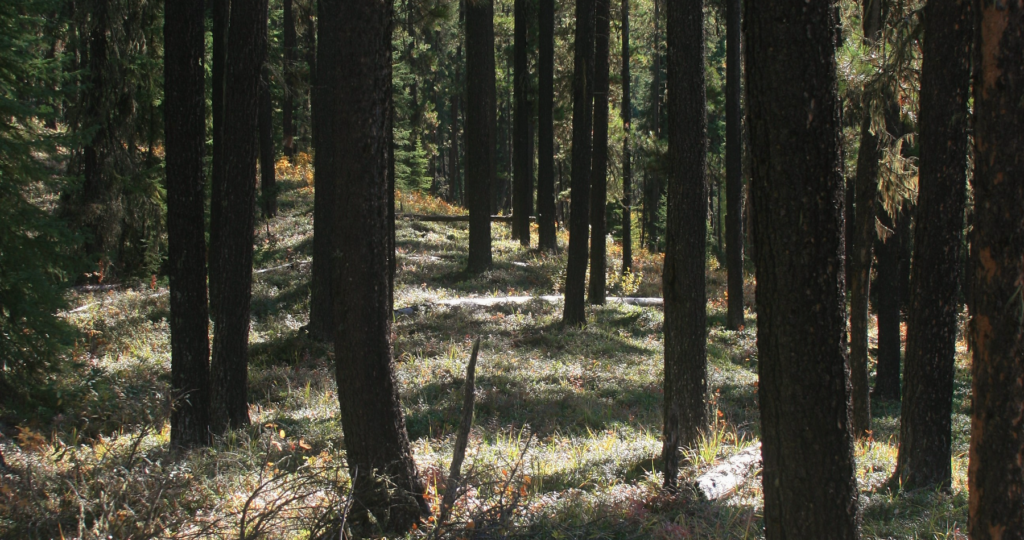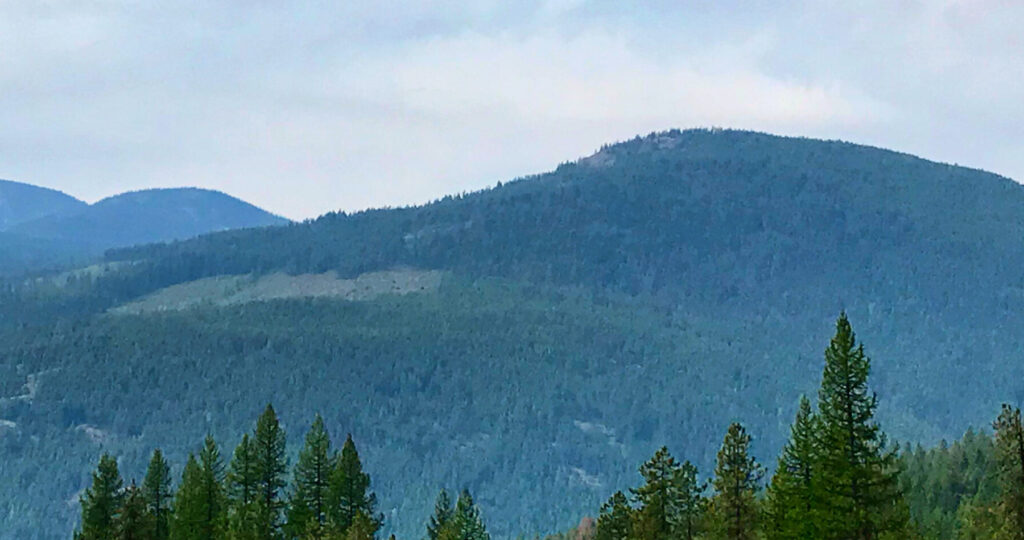Post Category : Archaeotourism Glossary Local Archaeology
Glossary Series – Fire Cracked Rock
Where did all this gravel come from?
Fire Cracked, or Broken, Rock (FCR or FBR) is a type of artifact found at many archaeological sites in Alberta. It is created by heat cycling a stone (eg. heating it up and then cooling it off). If the stone is cooled very quickly, it can fracture, or even explode! Repeatedly heat cycling a rock can cause it to degrade, or become crumbly.
Stone Boiling
Rock quickly degrades if it is located around a fire pit or used to boil water. Stone boiling is a common water purification technique taught by survival instructors. Indigenous people in Alberta would place hot stones into boiling pits to cook food and process materials. Stone boiling pits are wide, shallow holes that were lined with animal hide and filled with water. Rocks were heated in a nearby fire and put into the water-filled pit. The boiling water would release the grease and fat from the bones. The grease would float on top of the water and was then collected and used in food preparation. A notable example would be pemmican, which is a mixture of dried meat, berries, and grease. Boiling pits may also have been used to cook meat or make stews and soups. Evidence of stone boiling pits have been found at many sites across (e.g. Head-Smashed-In Buffalo Jump, Bodo Archaeological site, and McKinnon Flats).
It appears that cobble or fist-sized stones were preferred for stone boiling activities. Stones this size absorbed a sufficient amount of heat required to boil the water and were also easier to handle than larger stones. Rocks were typically re-used, but after they broke and were too small to be of much use, they were discarded.

Artifact Characteristics
The most common materials for FCR are granite and quartzite. It often has very angular edges and small cracks or fissures. The iron within the rocks oxidizes due to the heat and this can cause the rocks to turn pinkish or reddish.
FCR is commonly found at campsites and at meat processing sites. In Alberta, if FCR and lithic debitage is found at a site, then that site gets classified as a campsite. If no FCR was found, then the site gets recorded as a lithic scatter.



